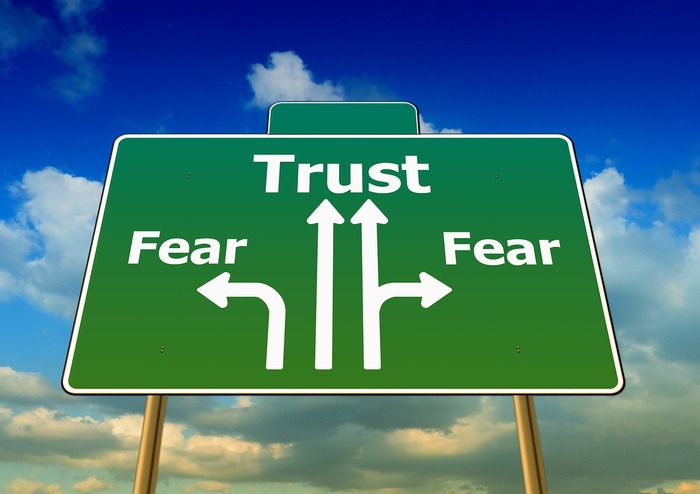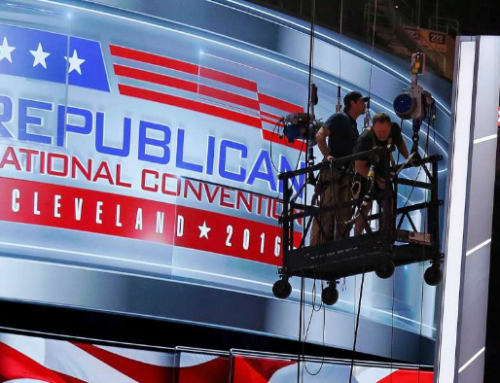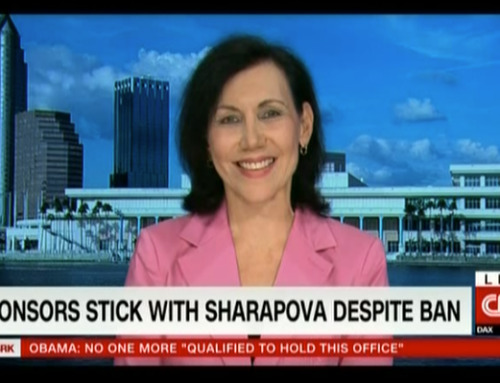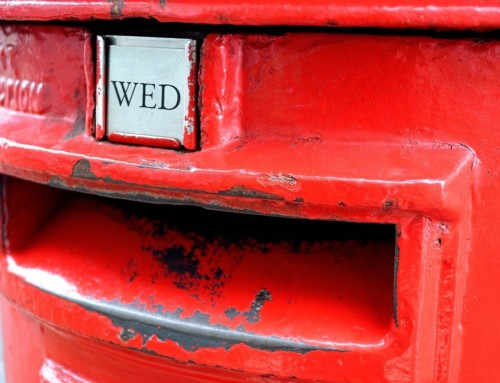This past week I had the pleasure of working with a client from Australia. A team of 5 from their key leadership traveled over 33 hours to come to US for brand counseling from my hospitality-niched company, Restaurant Branding Roadmap. Their goals were to learn, be inspired, and add to their brand power with a clearer, more strategic path forward.
Our three days together were intense. For two days we did brand planning in Tampa and for one day we explored and discovered in neighboring St. Petersburg.
Our adventure in St. Pete started by visiting The Salvador Dali Museum. The Dali is a spectacular waterfront art gem housing the largest collection of his work in the United States, second only to the collection at his birthplace in Figueres, Spain. To make things even better, the museum was hosting a special exhibit on Walt Disney’s life, showcasing his collaborations and friendship with Dali. It was an amazing experience of history and inspiration.
Our next stop was a walking tasting tour at local eateries and food and beverage businesses. If you’ve never experienced this it’s a great way to discover culinary destinations and learn a bit of the local culture and history. I worked with a local company called Eat Sip Indulge, to orchestrate and conduct our afternoon of tasting and learning. Most major cities have similar companies that provide this type of service. You can locate them through Zerve, a national network of walking food tour operators.
Fast forward to later on that day. We experienced a farm to table local food market, some wonderful restaurants, a spice boutique, and a wine shop. All were fun, educational, and enlightening with their unique brands of hospitality and product offerings.
However, one of the places we visited was not only disappointing, but it reminded me of a deadly poison that often shows up in businesses killing their good intentions and ultimately their brand success.
The business was a wine sampling store. They offer customers a quaint space and an easy way to taste a variety of wines. Patrons buy a plastic card (like a credit card) filled with a pre paid spending amount. Ours had $20 on it. The shop offered over 400 different wines at varying prices and three pour sizes, from 1 ounce to 4 ounces. After looking at the labels and reading the detail of each wine, the guest inserts their card and decides what they want to taste. This idea is not new. There are similar wine enterprises around the world offering a similar experience and process.
The environment of the shop was nicely designed; the selection of wines impressive, and the accompanying cheese and chocolate spread was presented well and tasted as good. All elements created a delightful experience that would certainly generate positive word of mouth referrals and fond memories of the business.
That is, until the business owner took the floor. He welcomed everyone and explained how the wine tastings worked. At that point a dialogue started with the guests and the shop owner. Someone in the group asked him what he did prior to opening the wine shop.
There was silence from the shop owner, as if he was not comfortable sharing his background and as if he was being interrogated by competition. The question was innocent, the guests were honestly curious. The owner’s reaction caused an unnecessarily awkward exchange.
Then our group started their own personal adventures inside the shop. They were tasting wine, chatting, and enjoying their time together. Mobile phones emerged for picture taking to capture the day’s memories to share with friends.
The shop owner was clearly stressed by the photography activity. Within minutes he laid down his rules: absolutely no video taping and limit your photos.
YIKES! The shop owner went from a gracious brand host to prison guard of his brand by expressing his extreme fear of being copied. His behavior for a 2016 entrepreneur was bizarre, especially since his concept was not proprietary. Today brands are built by having guests openly share their experiences with their friends through social channels.
In a matter of minutes this brand went from being a cool place you’d want to return to, to a place that left a bad taste in your mouth and mind. He killed all the positive brand attributes, feelings, and memories.
While I suspect the owner did not intend malaise, his fear ruined a great opportunity to connect with his customers.
Successful entrepreneurs cannot be insecure and must never let the fear of competition enter the experiences they deliver. They must be confident in who their brand is and what it offers. They need to focus their energy on delivering an amazing experience every time, and to encourage guests to share these experiences in photos and videos.
Brand on!






